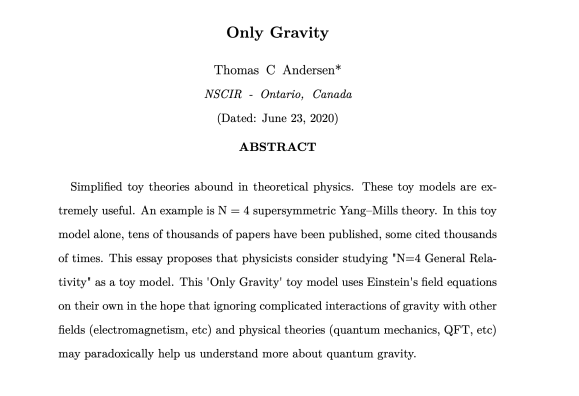Take this size of an electron as the ‘black hole’ size. That is about 10-55 m I think. Then for a solid, we have about 3.35*1028 molecules water per m cubed, h2O, so 7e**29 electrons / m**3 – say 1e30 electrons per cubic metre. With a 1.48494276 × 10-27 m / kg conversion constant for the Schwarchild radius of an object measured in kg, and an electron mass of 9.10938291(40)×10−31, we get diameter of 2.6 10-58m, so cross section is 7e-116 and then the total area of a cubic metre of water is about 1e-85 m**2/m
So what is the neutrino cross section.
Say neutrinos only interact with electrons when they hit the actual black hole part. Also assume that neutrinos are much smaller than electrons.
How many meters of water would a ray penetrate before hitting an electron within its -black hole radius?
1e-85 m**2, which works out to a coverage of one part in 1e85, so 1e85 meters would ensure a hit. This is vastly larger than the real distance, which is only a few light years, 1e17 m or so.
So I guess that this idea is very wrong on some counts.
If you use the radius of the electron as a kerr naked ring singularity, you get 1e-37 metres, or 1.616199 × 10-35 meters, ie te planck length.
Then with these planck length sized electrons, you get about 1e-70 – which is about 1e-40 m**2/metre of water, still not enough, but closer.
Funny how the kerr radius of an electron mass naked singularity is the planck mass.
Trying a compton size of 2e-12m instead of 2e-56, makes the




 Andersen, T. C. on ORCID
Andersen, T. C. on ORCID



